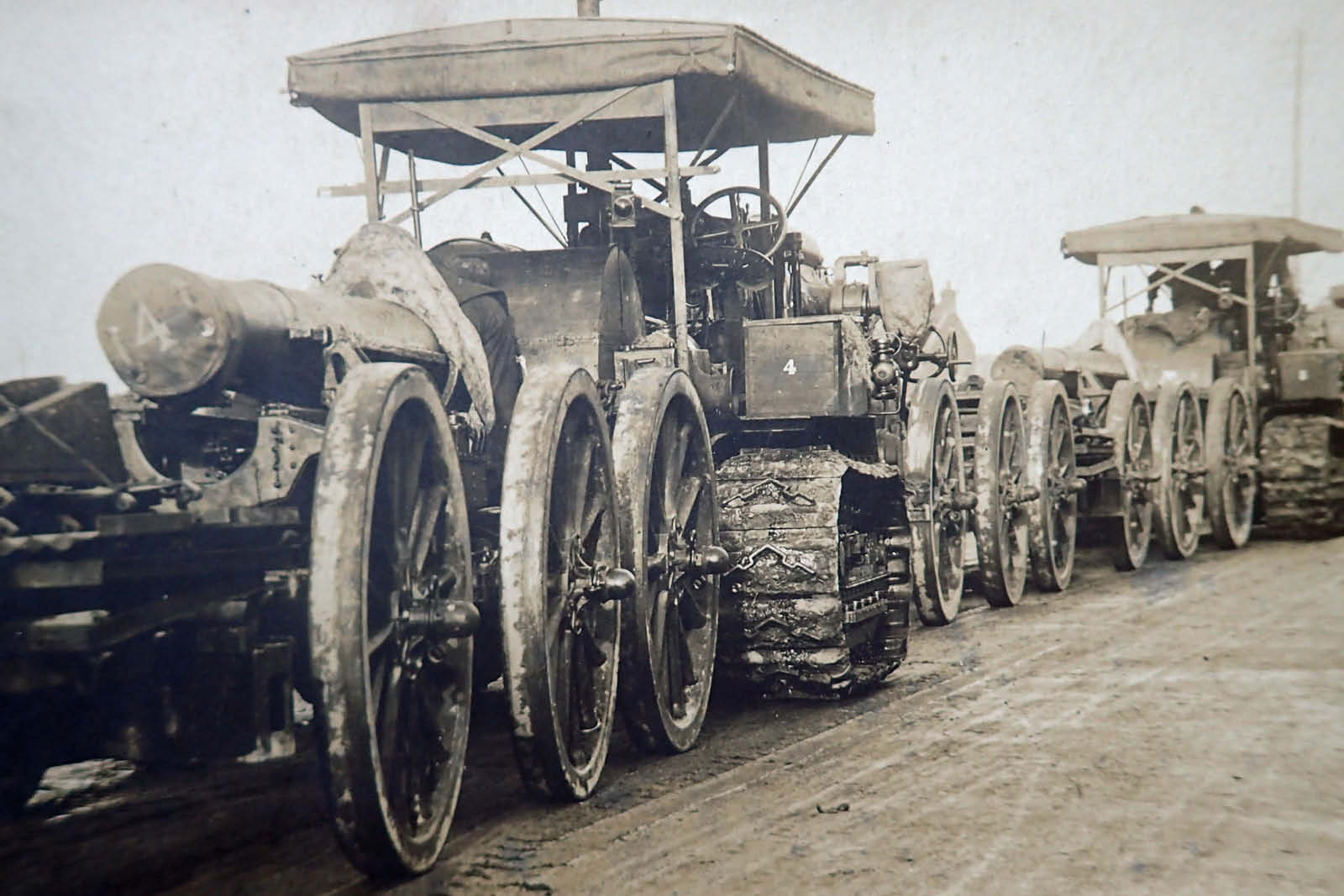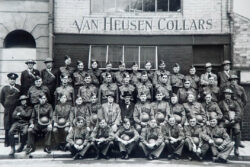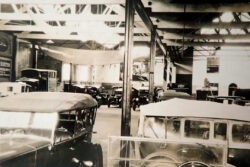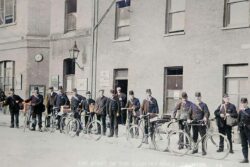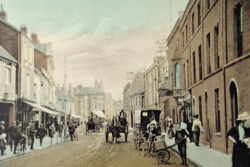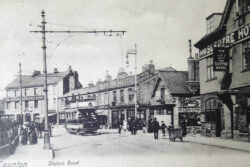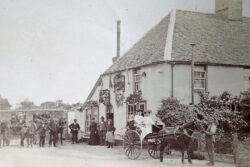I expect quite a few of you have seen the film ‘1917’. This time around I thought I would use an image dating to 1917 with connections to the war in France.
As the stalemate dragged on, more technology came to be used. Earlier in the war, the British had used six-inch naval guns bored out to eight inches and mounted on traction engine wheels. Much of the heavy gun arrangement was moved by horses. Something had to change. This postcard was published by Taunton photographer Montague Cooper along with others of a similar nature. These usually featured the railway station and Rowbarton recreation ground which served as a depot for heavy artillery and the Holt tractors that pulled it. Helpfully the card has written on the back ‘This is not an eight-inch Howitzer. Maybe a new type of six-inch’. So probably these are part of the six-inch, 26cwt Howitzer introduced in 1915 replacing the two earlier versions and becoming one of the most successful weapons used by British forces in the war. The wooden- spoked wheels could be fitted with ‘girdles’ to stop them from sinking in the mud.
Hauling the guns and ammunition trains become a problem so petrol-driven Holt tractors were imported from America. Two can be seen in the photograph. A heavier Howitzer photographed at Rowbarton was the 9.2-inch heavy siege howitzer which weighed fifteen tons. This one could fire a 288lb shell for 5 miles but required three special carriages to move it. Four hundred and fifteen Mark 1’s were built between 1914 and 1918.
Holt tractors and guns were staged at Taunton and moved by train. Gunnery practices took place at Brean Sands and on the North Somerset coast. The Holts quickly became known as “ caterpillar” tracked vehicles. As early as 1909, the British Army was impressed by the idea but little development was undertaken. The obvious must have occurred at some point. Why haul the gun when you can mount it on the tracks? It was not that simple in practice as the tracks had a habit of disengaging from the drive cogs when the vehicle went over rough ground.
The Holts were designed primarily for agricultural work on the American flatlands. In 1915 William Tritton solved the problem of track drop and thus the tank was born. Under wraps, it had the appearance of a water tank. Hence the name.
By Nick Chipchase
